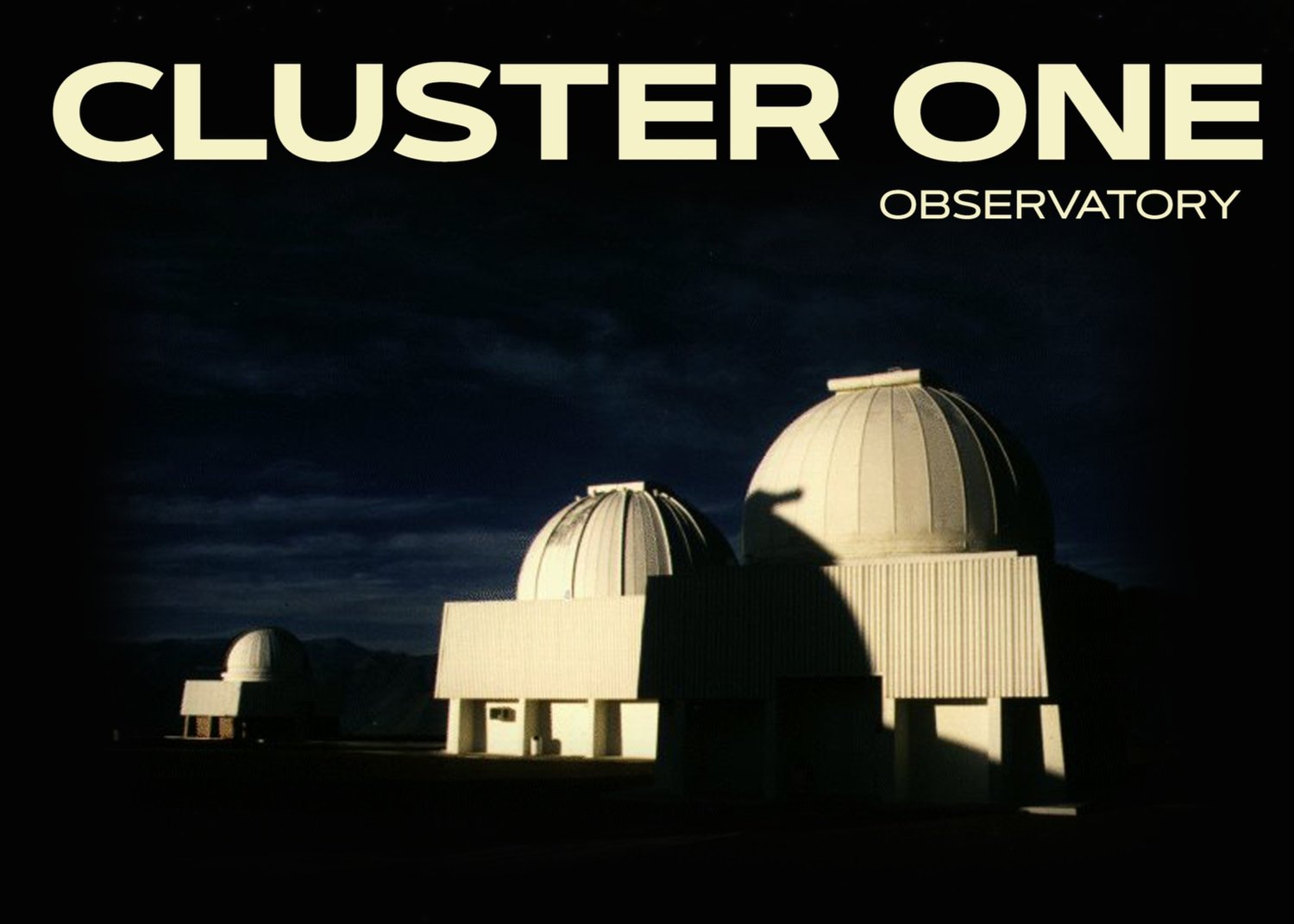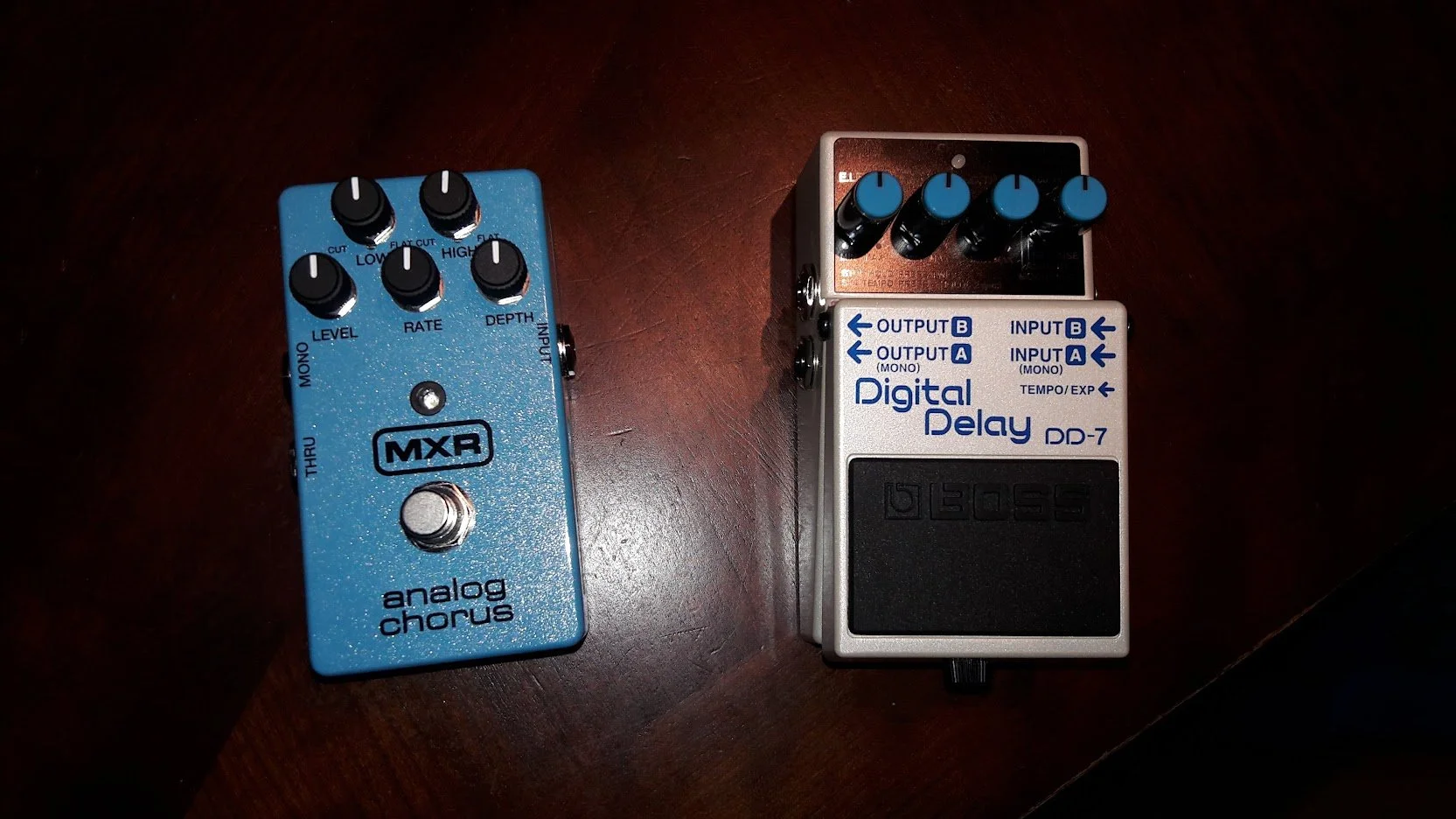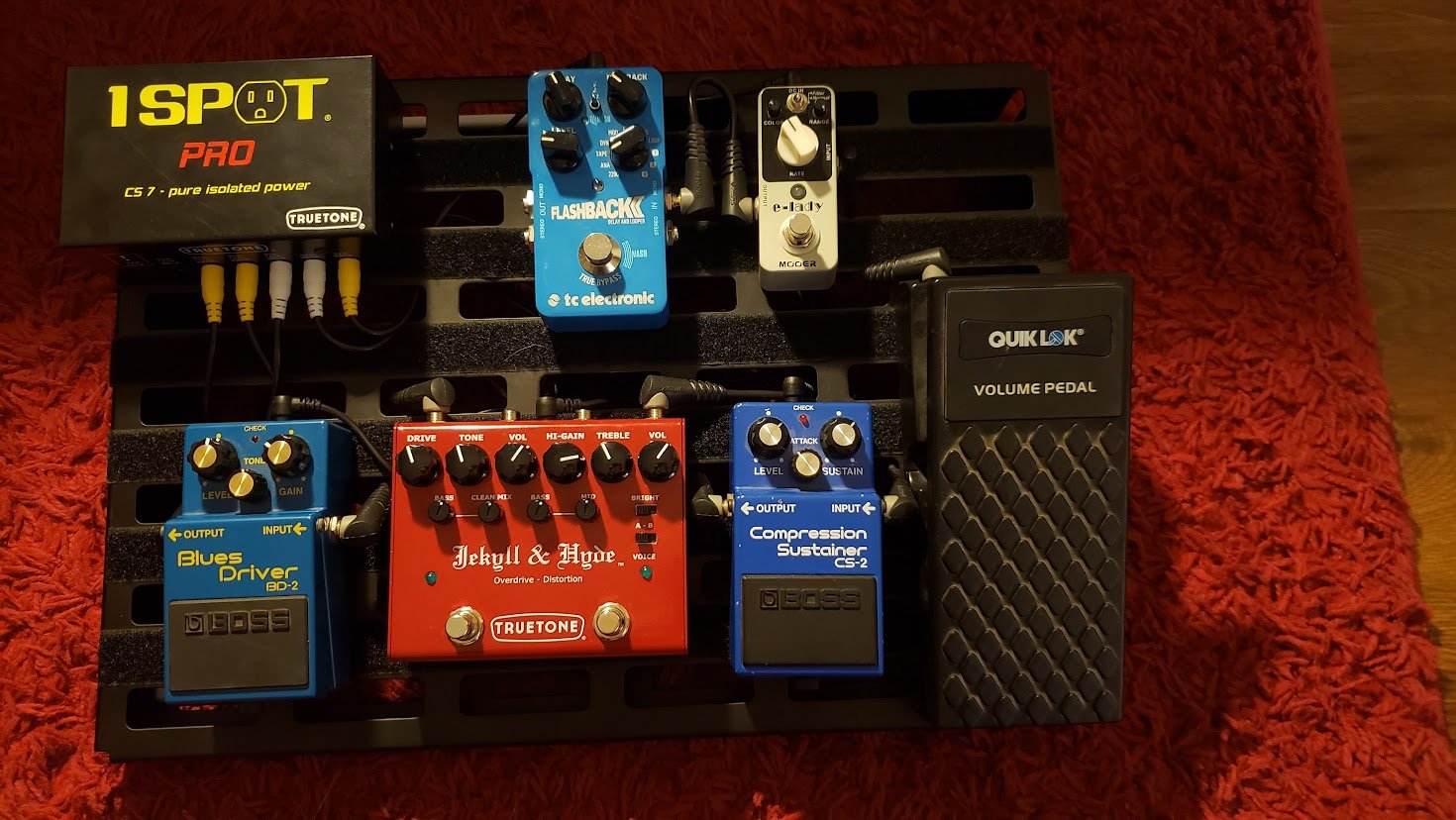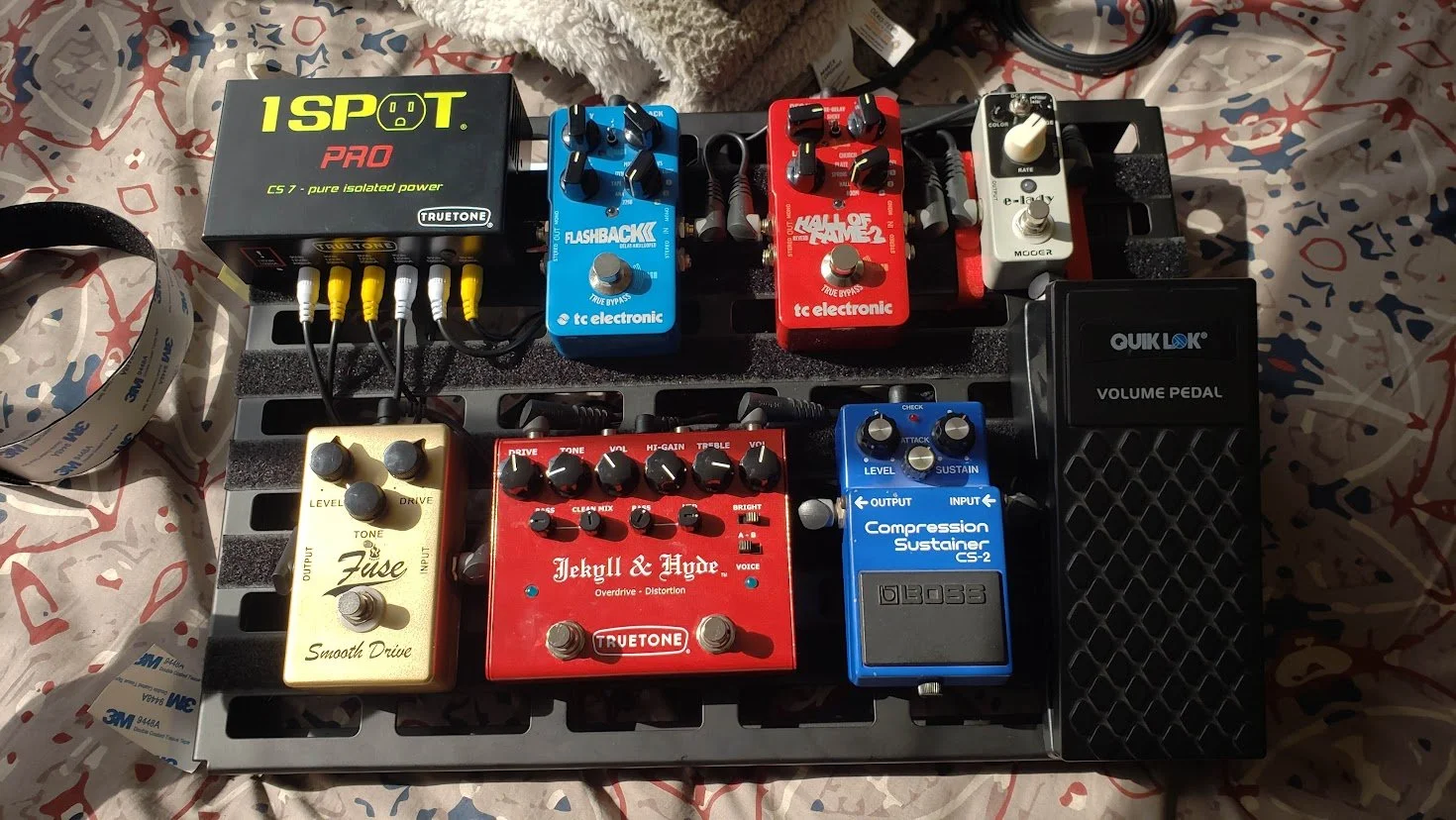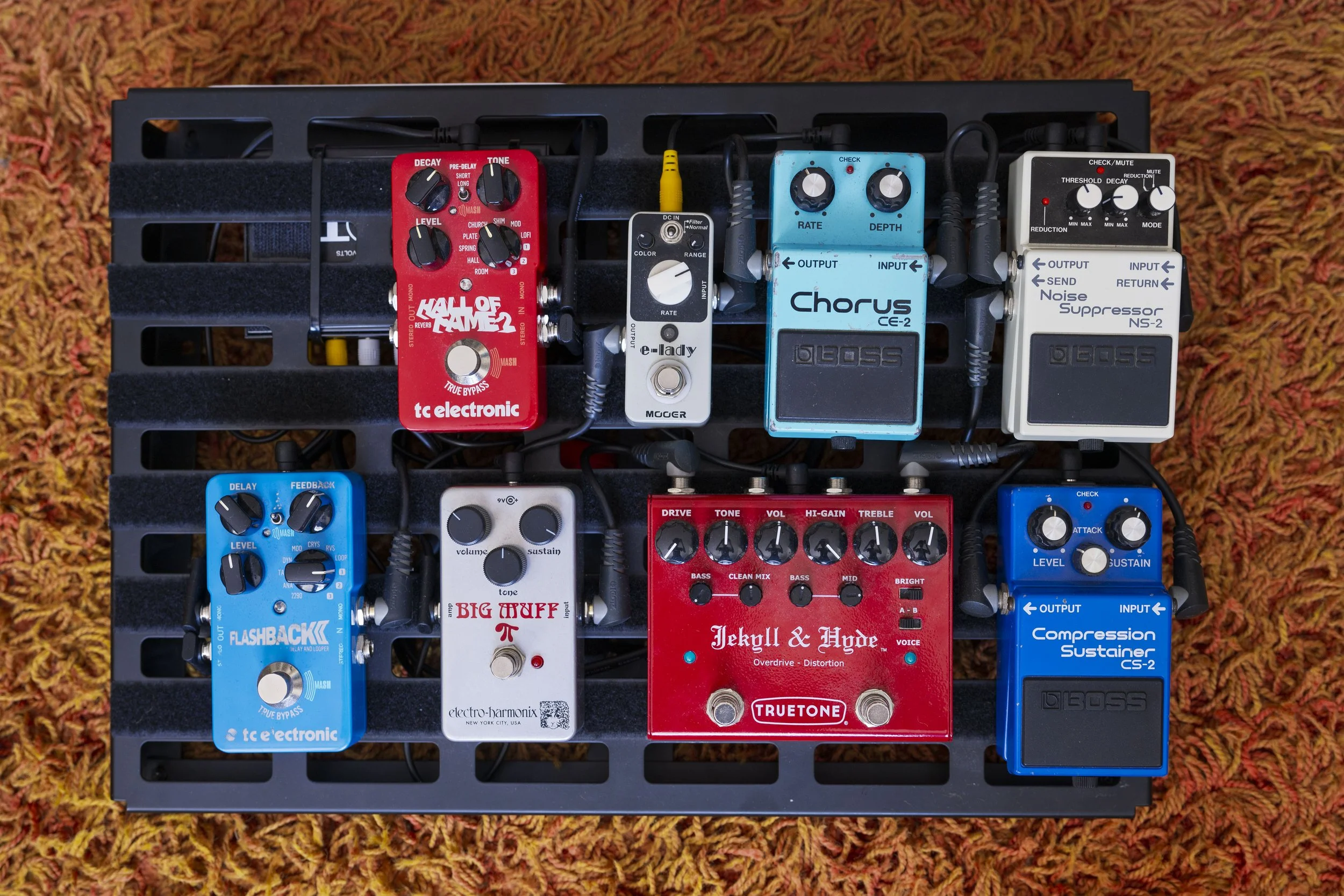My pedalboard
Okay, so this is an unnecesarilly long article. It will serve as a lifetime document of how this project came to be, so if you appreciate your time… here’s a “too long, will not read” description.
The pedalboard and it’s signal chain is:
Boss NS-2 -> Boss CS-2 -> Truetone Jekyll & Hyde V3 -> EHX Big Muff Ram’s Head -> Mooer E-Lady -> Boss CE-2 -> TC Electronic Flashback 2 -> TC Electronic Hall Of Fame 2
The gain section (CS-2, Big Muff and Jekyll&Hyde) passes through the loop of the Boss NS-2. Then, the mono signal gets converted to stereo when entering the TC Electronic pedals.
Origins
I’ve always been fascinated by effect pedals. Something about transforming a sound signal through the usage of these little analog boxes has always been something almost magical to me. So, the first couple of years of me playing electric guitar I inmediately began to dream about owning tenths of them
BUT, it didn’t start with single pedals. In 2014, my dad gifted me a guitar multieffects processor for my birthday: the Line 6 POD (aka, everyone's favourite beginner multieffects unit). It was an absolute joy to play, as it introduced me to the world of guitar effects. It had delays, reverb, choruses, flangers, you name it. Perfect for that 11 year old me. For some reason I never cared about the amp modeling (apparently, the reason why the POD is such a meme), so I only got pure joy out of that big red bean shaped machine and it was the perfect entry point.
A hilariously low quality photo of a 11 year old me playing with the BEAN.
So anyways, back to single pedals. When I sold “the bean” with the idea of going single effects, I firstly wanted a distortion pedal, which turned to be the MXR Distortion III, but that was without any apparent reason other than it looked cool and it kinda sounded like a distortion. But that actually was never my first pedal. My interest began to shift over to more ambient-esque guitar tones, and I wanted to replicate the sound of my favorite guitar player of all time: David Gilmour.
It was 2017, and I was absolutely obsessed with guitar pedals. I listened to hundreds of pedal demos, and I decided that my first two pedals should be the Boss DD-7 and the MXR Analog Chorus.
2018 would mark my first time traveling abroad since 2007, and the place would be the US. I dreamt so much of visiting the great guitar stores such as Guitar Center and Sam Ash (RIP), and my dream would be finally come true on January. So there, my pedalboard journey oficially began.
And the day arrived! As we entered the Kendall St. Guitar Center in Miami, my dream came true. A wall of guitars waved at me, and so the pedal corner did. As a 15 year old, I obviously did not bring much money, but it was enough to justify at least a pair of pedals.
I remember almost changing my mind the moment I saw a MIM Nashville Telecaster in a beautiful sunburst finish in the used gear corner. It was like $305, but then I said to myself that I could not deviate from my “mission” to buy my first pedals, a sort of goal I had set myself back in Chile. Also, I would run the risk of the airport just taxing me for bringing an instrument, so I abstained myself. Not gonna lie, but I regret a little bit not buying it as I would have had a higher end guitar instead of my current Squier Tele, but at the end of the day it’s just a guitar.
My first guitar effects: the MXR Analog Chorus and the Boss DD-7
Back in Chile
When I arrived back to Chile, I plugged them to my 12 watt practice amp and from that moment, I knew the obsession was up to something. Before those two pedals, I should mention that technically my first pedal was a cheap Quik Lok volume pedal. It certainly did it’s job up to a point, because for some reason it didn’t actually mute the guitar signal when it was in the “zero” position. Even with that quirk, it still allowed me to do swells, technique that paired with the two afromentioned pedals resulted in some really nice soundscapes.
After spending too much time making weird noises, I found on discount a Mooer E-Lady, one of the cheapest, but most accurate Electric Mistress replicas, which in my opinion, is the best flanger ever made.
This is the moment I’d say my David Gilmour tone hunting really began, because he famously used the Electric Mistress on recordings such as Animals, The Wall and The Final Cut (the latter of them being my favorite). I was really obsessed with that tone. I remember first trying it out and scaring the “$!”%% out of me the moment I turned the “Color” knob too high.
Some time passed, and I got my first (and last) wah pedal: the Vox V845. Let me be honest with you… I wanted a wah just to plug it backwards and make some seagulls (Echoes interlude) noises. Very fun times.
Some more time passed, and motivated by another sale, I bought my second Boss pedal: the BD-2 “Blues Driver”. I wanted a versatile overdrive that could also work as a distortion, so after reading a ton… that was it. I still have this pedal, but not in my current pedalboard. It now lives in a pedaboard that my dad and I built for one of our rigs in our hometown.
Experimenting (August 2018)
The Big Muff
Then, I got hold of a 2003 Electro Harmonix Big Muff that I didn’t know my dad had, and THAT was really a chonker of a pedal, both in size and sound. Later in 2017, Electro Harmonix released a reissue of the obscure “Sovtek Green Russian” Big Muff in a small military green enclosure… so I gave back the OG Big Muff to him and bought the reissue.
The arsenal kept growing (July 2018)
My first “vintage” pedal
Farewell to the chorus
Test driving the E-Lady, one of my most beloved pedals.
It’s not a surprise that at this point I was spending serious money on effect pedals (at least for a 15 year old), but it was something that gave me so much joy. The next addition to the lineup however, would be quite an important one.
I was DEEP in the “Gilmour theory”, and I frequently spent time reading resources such as gilmourish.com, which is a tremendous work made by Bjørn Riis (guitarist of norwegian band “Airbag”). During that deep reading I became aware of compressors, whose function works like a secret tool of some sorts. Probably nobody in an audience would notice the presence of a compressor, but I learned it is such an important tool for giving definition and attack, as well as smoothing transients. So, naturally I began to dream about owning one.
During the 80’s, Gilmour used the Boss CS-2 intensively, era when he had some of his best guitar tones, especially talking about clean ones (being the compressor+chorus+delay one of my desired tones). The other thing that was tempting me to adquire a CS-2 was that it sounded less “clinical” than modern day compressors, which are characterized by having a rather "true-to-your-signal” response, making them sound a little bit brighter as a result of the more modern circuits. Even though their response is more faithful and “scientifically correct”, the CS-2 circuit sounded a little bit warmer in comparison to it’s CS-3 succesor.
It may sound that I inherited that perception from reading too much forum discussions rather than actually listening or playing the pedal, but I must confess that one big reason of me wanting to have a vintage CS-2 was simply the experience of trying out older gear. And guess what, to this day it haven’t failed me and I love the pedal.
The four horsemen in the car (August 2018)
September 2020
The complete family (August 2018)
Later down the road, I received probably one of the most “random” pedals that I’ve owned: the Boss AW-2. My dad found it when we were doing some renovations in the house and decided to give it to me. Even though it is a perfectly fine pedal, I played with it for some months, but couldn’t find a reasonable sound. Because I’m not a big fan of the wah sound, I sold it. Speaking of wah pedals, remember that Vox V845 that I mentioned earlier? Yes, it was also sold for that same reason. The two wah’s helped me to fund one crucial part of the pedalboard: the pedalboard itself.
During the pandemic I decided on finally getting one as I was growing tired of having my pedals thrown around in a drawer. My goal was to have a modular, but solid board that I could bring anywhere I wanted with a hard case. The chosen one was the Rockboard Quad 4.1. Again, I chose that because it was on sale with the hard case, but one big reason of choosing Rockboard instead of Pedaltrain (which is the big pedalboard maker) was that I didn’t like very much the rail design. I prefered Rockboard’s design as it allowed me to have more cable routing possibilities.
Sometime later, I apparently happened to have some noise issues with the Big Muff (Green Russian) and the Boss CS-2, so I purchased from Amazon a cheap noise gate pedal to help mitigate some of the noise. I did work I guess, but at that moment I kinda came to the realization that if I wanted to have a good Big Muff tone, noise supressor should not necesarilly be used. It removed quite a lot of the sustain and it overall was not a definitive solution. I still have the Donner Noise Killer, but it now lives in the other, more recent pedalboard that my dad and I built.
After that, I sold my first pedal: the MXR Analog Chorus. It was a fantastic pedal, but for some reason I never truly resonated with it. To this day, it has been the only pedal that I sold “just because of”.
At some point, I also ended up selling the DD-7 because I didn’t really like the physical interface (too crowded) and I became aware of the TC Electronic Flashback 2, which is far more versatile. It’s also got the “MASH” function, that allows you to use the footswitch as an expression pedal and finally, while also allowing you to save presets in shape of “Toneprints”.
Building the pedalboard
January 2021
October 2020
Powering the board, but giving up on the Big Muff
In Xmas 2020, I got gifted another crucial part of the setup: the power supply. Considering that I had a medium sized pedalboard, capable of having at least six pedals, I went with the Truetone 1Spot CS7. To this day, it powers every single one of the effects unit that I have mounted without a hassle.
I should also mention that earlier than that, I sold the Russian Big Muff. I honestly regret it a little bit and I believe that I simply wasn’t prepared for that difficult to tame sound. It’s an adquired taste, and perhaps it was to early to me to really get the grasp of in that time.
After selling the Big Muff I wanted to explore some more traditional options for my gain section, so thinking about adding versatility to my setup, I found about the Truetone Jekyll & Hyde V3. I liked the fact that I could have essentially two pedals in one, saving me one slot in my power supply (and that’s even better now knowing that you can power it using 18V).
January 2021 (exchanged the BD-2 with a Fuse Smooth Drive with my brother Santiago)
Adding reverb
With the Jekyll & Hyde on board and with the absense of the Big Muff, my sound turned a bit more traditional. I was very happy with my setup and that lasted long. I purchased from a friend a Boss NS-2 noise supressor pedal (oddly enough, my 2nd noise gate) for a really convenient price that allowed me to have even one more power through output.
In 2022, my dad gifted me for my birthday one of my bucket lists pedals: the TC Electronic Hall Of Fame 2. I’m an avid enjoyer of ambient music, so reverb was definitely the next effect to get. Paired with the Flashback 2, it made my pedalboard a powerful ambient machine.
Funnily enough, to make some space for the HOF 2 I tried to hide the NS-2 under the board with velcro ties. It turned out a bit inconvenient really, as the NS-2 for some reason doesn’t have a bypass recall function, so everytime I wanted to use my pedalboard I had to make sure to turn on the noise supressor.
August 2022
September 2022 (note the velcro ties under the E-Lady)
Return of the Big Muff
Two years passed, and the modifications were giving back my brother his Fuse pedal as he sold it. The BD-2 travelled back to La Serena, currently living in the pedalboard that we have there. The Quik Lok volume pedal was retired due to taking too much space and not functioning properly (as perhaps you can remember, it doesn’t even mute the signal when in it’s “down” position), and… that’s it. Except for… two big things
For some reason, the itch of trying new pedals came back to me recently, once again with the David Gilmour blueprint. I was thinking one day about giving the Big Muff one more try, and what motivated me to do so was that Electro Harmonix had launched a reissue of the Ram’s Head variant, famously for having the “sharpest” tone.
Having found one for sale, I went and bought it… and let me tell you. I absolutely loved it. It seems like when I had the Green Russian I simply couldn’t understand how to dial a decent tone. But with this one, I decided to simply learn how to use it, and as a result, the pedal will probably live forever in my pedalboard. I know that one day I will end up buying again the Green Russian and probably also the Triangle reissue… but always one step at a time.
September 2024
Got really lucky…
And to whoever is reading until THIS far into the article, I have bad news: this is NOT the last pedal I’ve gotten. Yes, because casually browsing marketplace I stumbled a freaking Boss CE-2. Yeah, the highly sought after one at an actually decent price. I had to admit, that was kind of an irresponsible financial decision, but the great thing is that if I wanted to sell it in the future, it will be always for more that when I bought it. It may be a taiwanese made one, but in Reverb those are priced at no less than $200. So, big win for me.
Chorus is not necessarily my preferred modulation effect, but I like it anyways! That’s another great addition to my board.
What’s to come in the future? Most probably a tuner… maybe the Polytune 3 from TC Electronic or the Boss TU-3.
Anyways, that’s it. End of my nerd talk.
The pedalboard as of today
